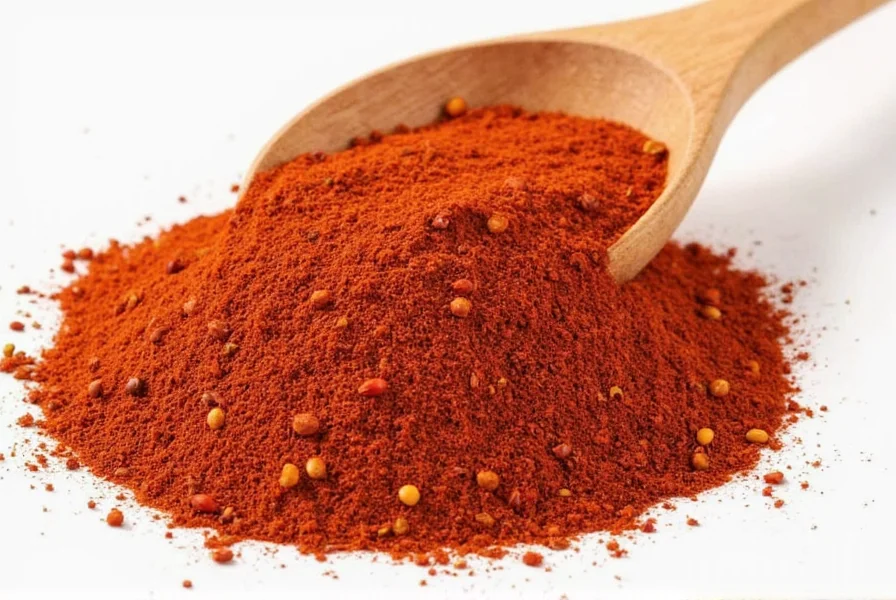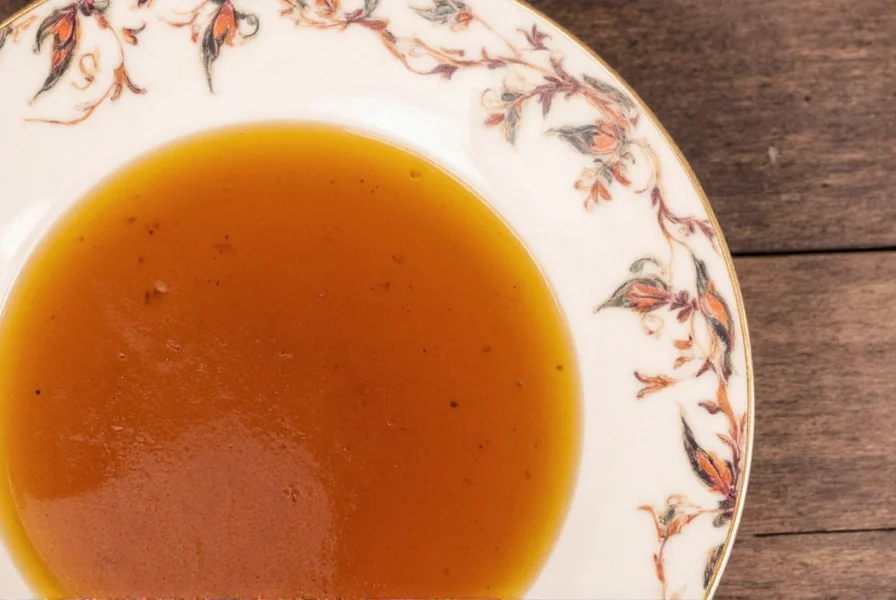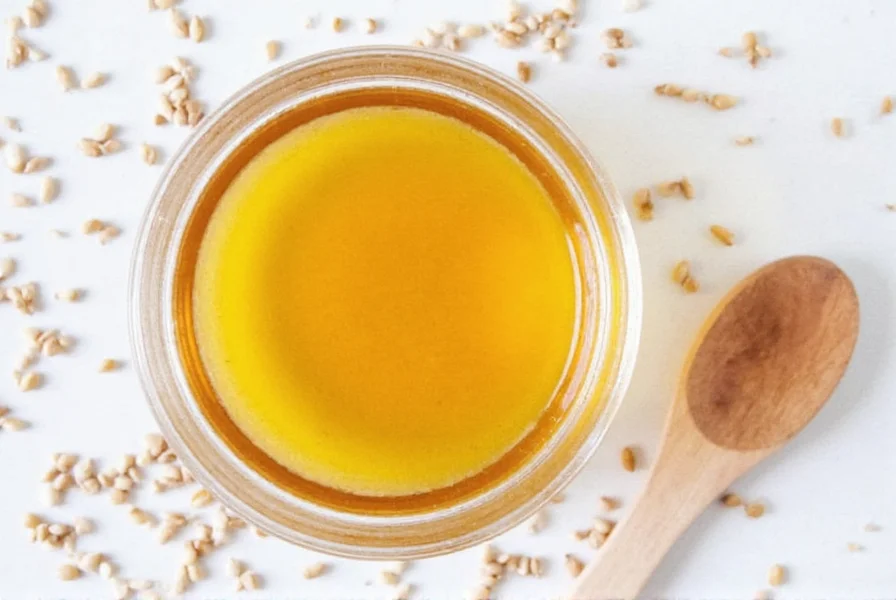Table of Contents
Introduction
Annatto seed oil is a versatile, natural ingredient used in cooking for its vibrant color and mild flavor. Here are the 5 essential ways to use annatto seed oil in your kitchen:
- Rice Dishes: Toss a spoonful into rice while cooking for a rich golden color and subtle flavor.
- Marinades: Mix with garlic, citrus, and herbs for a vibrant marinade for chicken or pork.
- Sautéing: Use as a base for frying onions, peppers, or sofrito-style bases.
- Dips & Sauces: Blend with mayonnaise, lime, and chili for a colorful aioli or salad dressing.
- Pasta & Grains: Stir into quinoa, couscous, or pasta for an instant flavor boost.

What is Annatto Seed Oil?
Annatto seed oil is extracted from the seeds of the Bixa orellana plant, native to tropical regions of Central and South America. These small, reddish-orange seeds are soaked in oil (often vegetable or olive oil), releasing their signature color and mild peppery taste. The result? A beautifully tinted oil that's both flavorful and functional.
- Color: Deep orange to red
- Taste: Mildly peppery, nutty, slightly sweet
- Uses: Coloring agent, flavor enhancer, traditional medicine
A Brief History & Cultural Significance
Long before annatto oil made its way into modern kitchens, indigenous tribes used the seeds as body paint, sunscreen, and even insect repellent. Today, it remains a staple in Caribbean, Latin American, and Filipino cuisines — especially in dishes like arroz con pollo, cochinita pibil, and adobo.

The 'Poor Man's Saffron'
Due to its ability to impart a beautiful golden hue, annatto oil is often called the 'poor man's saffron'. While it doesn't match saffron's price tag, it certainly holds its own when it comes to enhancing the visual appeal of rice, stews, and sauces.
Nutritional Profile of Annatto Seed Oil
| Nutrient | Amount per 1 tbsp (15ml) |
|---|---|
| Calories | 120 |
| Total Fat | 14g |
| Saturated Fat | 1.5g |
| Vitamin E (Tocotrienols) | High |
| Carotenoids (Beta-Carotene) | Moderate |

How to Cook with Annatto Seed Oil
Annatto oil is incredibly versatile. Here's how to make the most of it:
Top 5 Uses for Annatto Seed Oil
- Rice Dishes: Toss a spoonful into rice while cooking for a rich golden color and subtle flavor.
- Marinades: Mix with garlic, citrus, and herbs for a vibrant marinade for chicken or pork.
- Sautéing: Use as a base for frying onions, peppers, or sofrito-style bases.
- Dips & Sauces: Blend with mayonnaise, lime, and chili for a colorful aioli or salad dressing.
- Pasta & Grains: Stir into quinoa, couscous, or pasta for an instant flavor boost.

Pro Tip:
Don't overheat the oil — the color and flavor can degrade if cooked at high temperatures for too long. Add it toward the end of cooking or use it as a finishing oil for best results.
Health Benefits of Annatto Seed Oil
Thanks to its unique blend of antioxidants and healthy fats, annatto seed oil offers several health perks:
- Antioxidant Powerhouse: Rich in tocotrienols and carotenoids, which help fight free radicals.
- Heart Health: Contains monounsaturated fats that support cardiovascular function.
- Anti-inflammatory Properties: May help reduce inflammation in the body when consumed regularly.
- Eye Health: Beta-carotene supports vision and eye health.

Buying Guide for Annatto Seed Oil
If you're ready to stock up on annatto seed oil, here's what to look for:
| Product | Features | Best For | Where to Buy |
|---|---|---|---|
| Goya Annatto Oil | Pre-made, shelf-stable, consistent quality | Beginners, convenience seekers | Supermarkets, Latino grocery stores |
| Colanta Annatto Oil | Natural ingredients, no preservatives | Home cooks who prefer clean labels | Online retailers, specialty stores |
| La Costeña Annatto Oil | Light and fragrant, great for tacos | Mexican cuisine lovers | Hispanic markets, Amazon |
| Homemade Annatto Oil | Customizable strength, budget-friendly | DIY enthusiasts, bulk users | Your own kitchen! |
| Organic Artisan Brands | Cold-pressed, organic certified | Health-conscious consumers | Eco stores, online marketplaces |

DIY Annatto Oil Recipe
Want to make your own? Here's a simple version:
- 1/4 cup annatto seeds
- 1 cup neutral oil (vegetable, sunflower, or grapeseed)
- Optional: garlic, cumin, oregano
- In a saucepan, heat the oil over low heat until it starts to shimmer.
- Add the annatto seeds and optional spices. Stir gently for about 10 minutes or until the oil turns deep orange.
- Remove from heat and let cool completely.
- Strain using a fine mesh sieve or cheesecloth into a clean bottle.
- Store in a cool, dark place for up to 6 months.
Frequently Asked Questions
Is annatto seed oil safe to consume?
Yes, annatto oil is safe and widely used in many cuisines around the world. Some people may experience mild allergic reactions, but they are rare.
Can I use annatto oil for skincare?
While it's traditionally used in some natural beauty routines due to its antioxidant content, it's not recommended for sensitive skin without a patch test. Always consult a dermatologist before topical use.
How should I store annatto seed oil?
Keep it in a cool, dark place like a pantry. Avoid exposure to direct sunlight to preserve its color and nutritional properties.
Does annatto oil have a strong flavor?
No, it has a mild, earthy, slightly peppery flavor — not overpowering, making it perfect for blending into various dishes.
Can I substitute annatto oil?
If you don't have annatto oil, paprika oil or saffron-infused oil can mimic its coloring effects, though the flavors will differ slightly.
What are the 3 most essential culinary uses of annatto seed oil?
The three most essential culinary uses of annatto seed oil are: 1) As a natural coloring agent for rice and grains, 2) As a base for marinades and sauces in Latin American and Caribbean cuisine, and 3) As a flavor enhancer for soups, stews, and beans. Its vibrant color and mild, earthy flavor make it indispensable in many traditional dishes.
How does annatto seed oil compare to saffron in cooking?
While saffron is more expensive and has a distinctive floral aroma, annatto seed oil provides a similar golden color at a fraction of the cost. Annatto has a milder, slightly peppery and nutty flavor compared to saffron's intense floral notes. Both are used as natural colorants, but annatto is more versatile for everyday cooking due to its affordability and neutral flavor profile.
Can annatto seed oil be used as a natural food coloring?
Absolutely! Annatto seed oil is one of the most popular natural food colorants worldwide. It's commonly used to give cheeses like cheddar their characteristic orange color, and is widely used in snacks, dairy products, and prepared foods as a natural alternative to artificial dyes. Just a small amount can transform the color of your dishes without overpowering the flavor.
Conclusion
Whether you're aiming to elevate your meals visually or boost your diet with natural antioxidants, annatto seed oil is a must-have in your kitchen arsenal. From cultural traditions to modern culinary techniques, this golden oil brings more than just color — it brings heritage, health, and a whole lot of flavor.
So next time you're whipping up a batch of rice, marinating meats, or experimenting with global recipes, don't forget to give annatto seed oil a swirl. It just might become your new go-to secret weapon.












 浙公网安备
33010002000092号
浙公网安备
33010002000092号 浙B2-20120091-4
浙B2-20120091-4